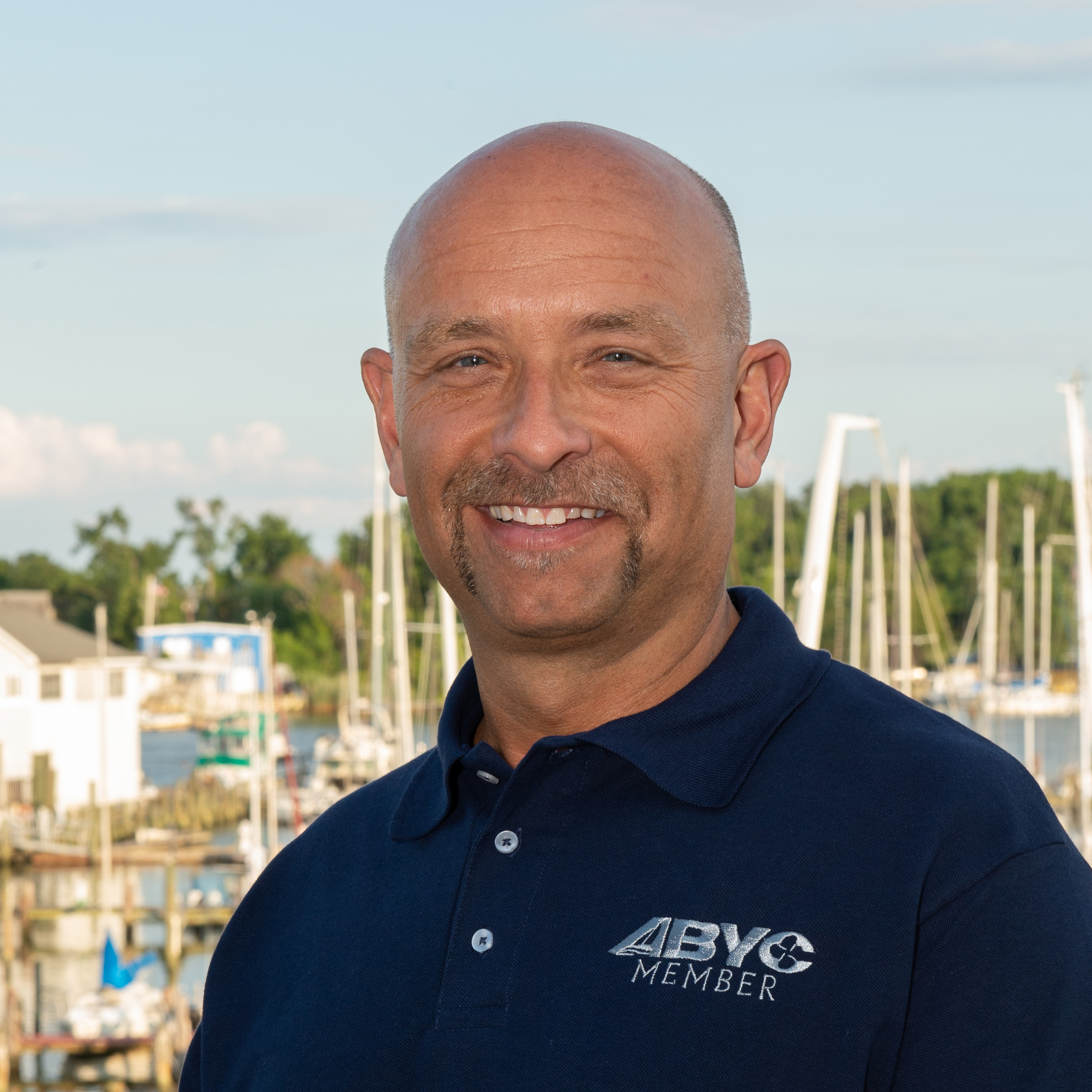
Understanding and Mitigating Marine Corrosion
-
You must log in to register
- Non-member - $49.99
- Member - Free!
- Corporate Member - Free!
- Affiliated Instructor - Free!
- MTAP Instructor - Free!
Join ABYC Lead Instructor Mike Bonicker and representatives from CMP as they provide a comprehensive overview of marine corrosion types, their causes, and effective prevention techniques. We will explore key ABYC standards and delve into topics such as grounding, bonding, anode materials, and the galvanic series of metals. Attendees will learn best practices for selecting materials, identifying signs of corrosion, and managing refit scenarios.
Key Topics:
- What is galvanic corrosion?
- Signs of overprotection and underprotection
- How anodes work
- Cathodic bonding vs. grounding and best practices
- Anode materials and the galvanic series of metals
- Selecting the right anode
- Testing tools for corrosion surveys
- Performing bonding checks out of the water
- Conducting simple cathodic protection tests in the water
Member Price: Free!
Non-Member Price: $49.99
Course Length: 1.5 hours
CEUs award upon completion: 1.5

Mike Bonicker
ABYC Lead Instructor
American Boat and Yacht Council, Inc.
Mike Bonicker worked with Tidewater Yacht Service in Baltimore for over 20 years, starting as a tech for 5 years doing general repair, electrical and sailboat rigging. He climbed the ranks and became production manager for the remaining 15, still doing hands-on electrical and sailboat rigging work throughout his tenure.
He received his first ABYC certification, Electrical, under the instruction of Ed Sherman at New England Institute of Technology in 2000 and became a Master Tech with Standards and Corrosion by 2005.
Additionally, he has served with pride on the board of the Marine Trades Association of Maryland for over 12 years.
Boating started as a teenager for Mike when he learned to sail at 13 and raced for over 20 years and he's been a life-long fisherman from the age of 5 owning several boats both sail and power along the way.
Mike can be reached at:
- mbonicker@abycinc.org
- (410) 990-4460 x121

Brian Gatt
Technical Director
Logix Enterprises
With an extensive background in Marine mechanical, Marine electrical and electronics engineering, Brian has forged his way to become one of the leading experts in marine vessel corrosion, cathodic protection and corrosion Electrochemical diagnostics, conducted through the formation of a consulting business, Logix Consulting.
It has been through his 20 years of hands-on experience and passion for boating, that formed a commitment of improving current marine practices through providing innovation and practical solutions to the industry.
It is through his extensive experience and ability to solve complex corrosion problems, develop corrosion control products and monitoring of that has solidified Brian as a leading expert – consulting throughout Australasia and afar for many boat builders, boat owners, fleet operators and defence.

Tyler Seebach
Vice President, Sales – Distribution
CMP
Tyler is an experienced sales executive with over two decades at CMP Group Ltd., where he currently serves as Vice President of Sales – Marine Division. Since joining CMP in 2002, Tyler has advanced from Junior/Inside Sales to his current leadership position, showcasing his expertise in sales management and strategic planning. He leads a dynamic team responsible for marine distributor sales across the Americas and global marine OEM sales.

David Broadbent
ABYC Director of Education
Dave is responsible for management of all ABYC education courses as well as developing future programs. Prior to this, Dave was in our Tech Department, helping to develop ABYC standards. He worked as a FedEx account manager and as an officer in the US Army before returning to his nautical roots. Dave is a University of Rhode Island graduate, as well as a graduate from the International Yacht Restoration School (IYRS) Marine Systems program in Newport. He is a USCG Licensed Captain and has experience with both near and offshore yacht delivery. In his spare time David spends time with his wife and dogs as well as sailing in Sandy Hook Bay. He enjoys sanding old wood floors and craft beers.
David can be reached at:
- dbroadbent@abycinc.org
- (410) 990-4460 x119








What method do you recommend to size the sacrificial anodes?